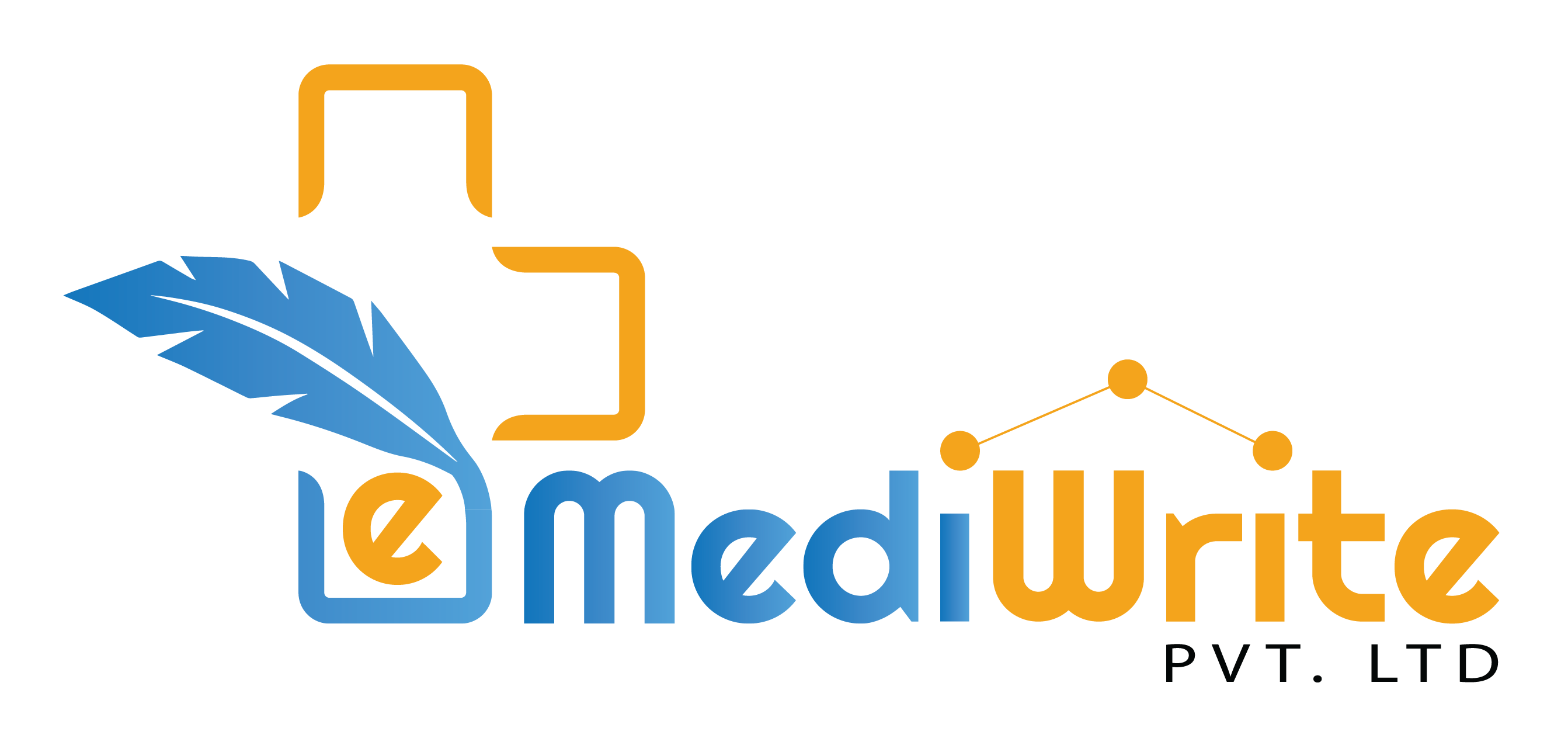Product managers in the pharmaceutical industry are positioned at a turning point where innovation and regulation convergence occur. The task is obvious: balancing the need for novel drugs with stringent regulatory requirements. This delicate balancing act is crucial since it affects both the patient’s health and the product’s success.
Product managers can use these 5 useful techniques to get beyond this obstacle:
- Involve Regulatory Authorities Early: Engaging with regulatory bodies at the outset of the development process can lead to a wealth of information. By taking a proactive approach, product managers can get input on development plans, identify potential obstacles, and comprehend regulatory expectations. Early involvement can reduce hazards and accelerate approval processes.
- Enhance Interdepartmental Cooperation: Fostering cooperation between the marketing, regulatory affairs research, and development departments is essential. By collaborating closely, these teams can guarantee that creative solutions are workable within legal constraints. Frequent cross-functional meetings can aid in goal alignment and knowledge sharing.
- Implement Agile Methodologies: Adopting agile practices can enable product teams to respond swiftly to regulations or market dynamics changes. Agile methodologies promote iterative development, allowing teams to test concepts, gather feedback, and adapt quickly while ensuring compliance with regulatory standards.
- Prioritize a Patient-Centric Approach: To guide meaningful innovation, it’s important to keep patients at the centre of product development. Understanding patient needs and preferences helps product managers design therapies that meet regulatory requirements and deliver real-world benefits. Engaging with patient advocacy groups can provide additional insights into unmet needs.
- Invest in Continuous Learning: It’s essential to keep up with the most recent developments in industry trends and regulations. Product managers can maintain their agility and responsiveness to changes in the regulatory landscape by networking with peers, attending conferences, and participating in seminars.
By embracing early regulatory engagement, fostering collaboration, implementing agile practices, prioritising patient needs, and committing to continuous learning, pharmaceutical product managers can successfully navigate this complex landscape, driving innovation while ensuring compliance and patient safety.





